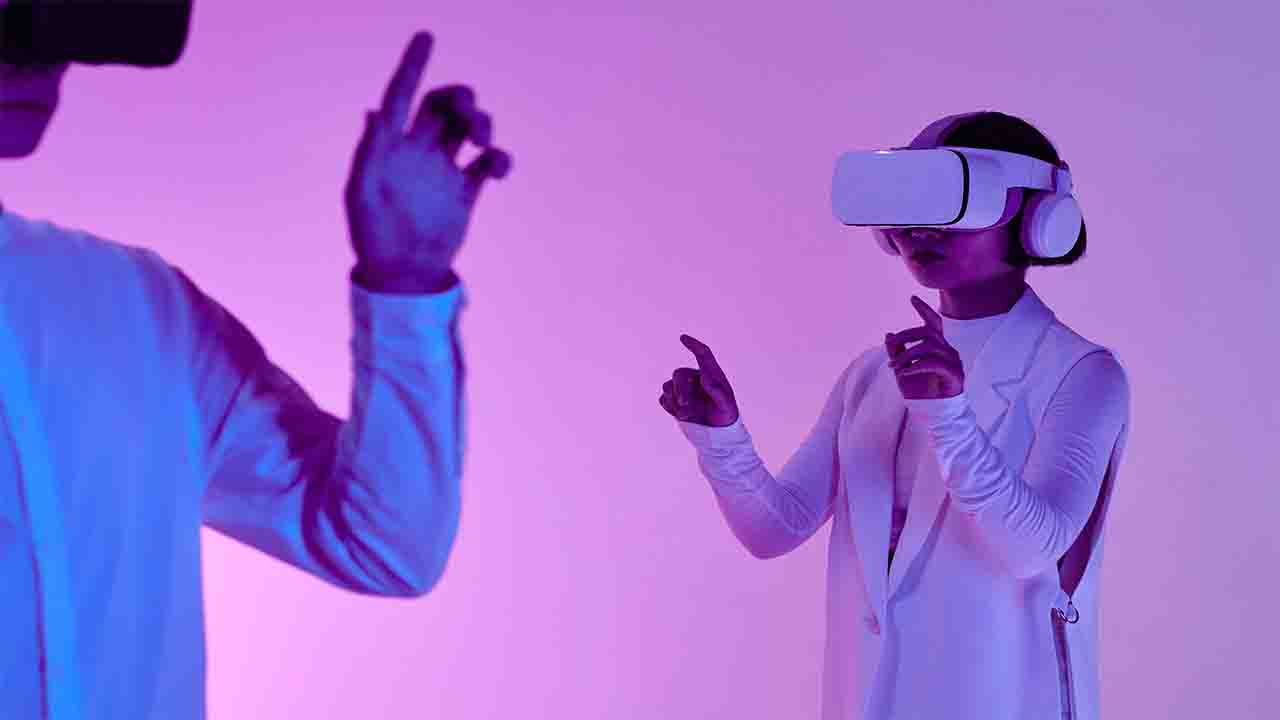Health & Medicine, UK (Commonwealth Union) – A team of scientists at Cardiff University has created a groundbreaking artificial intelligence (AI) system that emulates the visual examination of radiologists while reading medical images, such as mammograms.
This state-of-the-art system brings about improvements in the speed, accuracy, and sensitivity of medical diagnostics, potentially leading to early detection of breast cancer, as asserted by the researchers.
The scientists, based in the University’s School of Computer Science and Informatics, have high hopes that this pioneering system will not only enhance medical diagnostics but also play a crucial role in addressing the shortage of radiologists across the UK through its applications in training and education.
To construct this system, the team employed a sophisticated algorithm called a convolutional neural network. This algorithm closely mimics human brain neurons and is specifically designed to replicate the functioning of the visual cortex.
This type of algorithm proves highly effective in analyzing images and attributing importance to different objects or elements within the image itself.
The researchers joined hands with radiologists from three NHS hospitals – Breast Test Wales, University Hospital of Wales (UHW), and Great Ormond Street Hospital – to develop the algorithm.
Their remarkable findings, appearing in IEEE Transactions on Multimedia, show that the AI system accurately predicts the areas in an image where radiologists are most likely to focus when formulating a diagnosis.
Dr. Hantao Liu, a Reader at Cardiff University’s School of Computer Science and Informatics and one of the co-authors of the study, emphasized the significance of exploring data science and AI as potential solutions to the challenges faced by the NHS.
He clarified that the aim is not to replace human professionals with robots; rather, the study illustrates how machine learning can complement and enhance the efforts of clinical experts. The developed system serves as a valuable ally, working alongside radiologists as a critical friend or colleague during medical diagnostic processes, providing support and aiding in decision-making derived from the diagnostic results.
Having received an honorary research position with NHS Wales, Dr. Liu’s objective is to create a strategic roadmap for the implementation of AI in radiology departments throughout Wales.
Dr. Richard White, a Consultant Radiologist at UHW and a participant in the study, expressed the importance of leveraging the vast amount of data in radiology and tapping into the available expertise.
He acknowledged that even radiologists may overlook certain details, which can remain unnoticed for extended periods due to their subtlety or, in some cases, complete invisibility. However, Dr. White highlighted that AI has the capability to identify these missed aspects, thereby enhancing their work and reducing the likelihood of errors. In this sense, such a system complements the skills of radiologists, contributing to improved diagnostic accuracy.
“We’re also seeing how the system will help us prioritise patient referrals by finding abnormal scans and images so that these can be reported before ones that need less attention. I can see more of that happening in the future with this system, helping us to tackle what are often long waiting lists.”
The study conducted by the Multimedia Computing Research Group at Cardiff University primarily centers around gaze-prediction. However, the researchers suggest that the next stage in clinical applications of AI could involve systems that assist in decision-making processes.
Zelei Yang, who is another Radiologist from UHW was another participant of the study says “Effectively this system is bringing with it a greater humanisation of AI and therefore a more realistic representation of what we do as radiologists.” “For these reasons it is capable of revolutionising how we approach deep learning and its clinical applications because it is now more effective and more realistic in this setting rather than just a tool that has been developed for the sake of it.”








